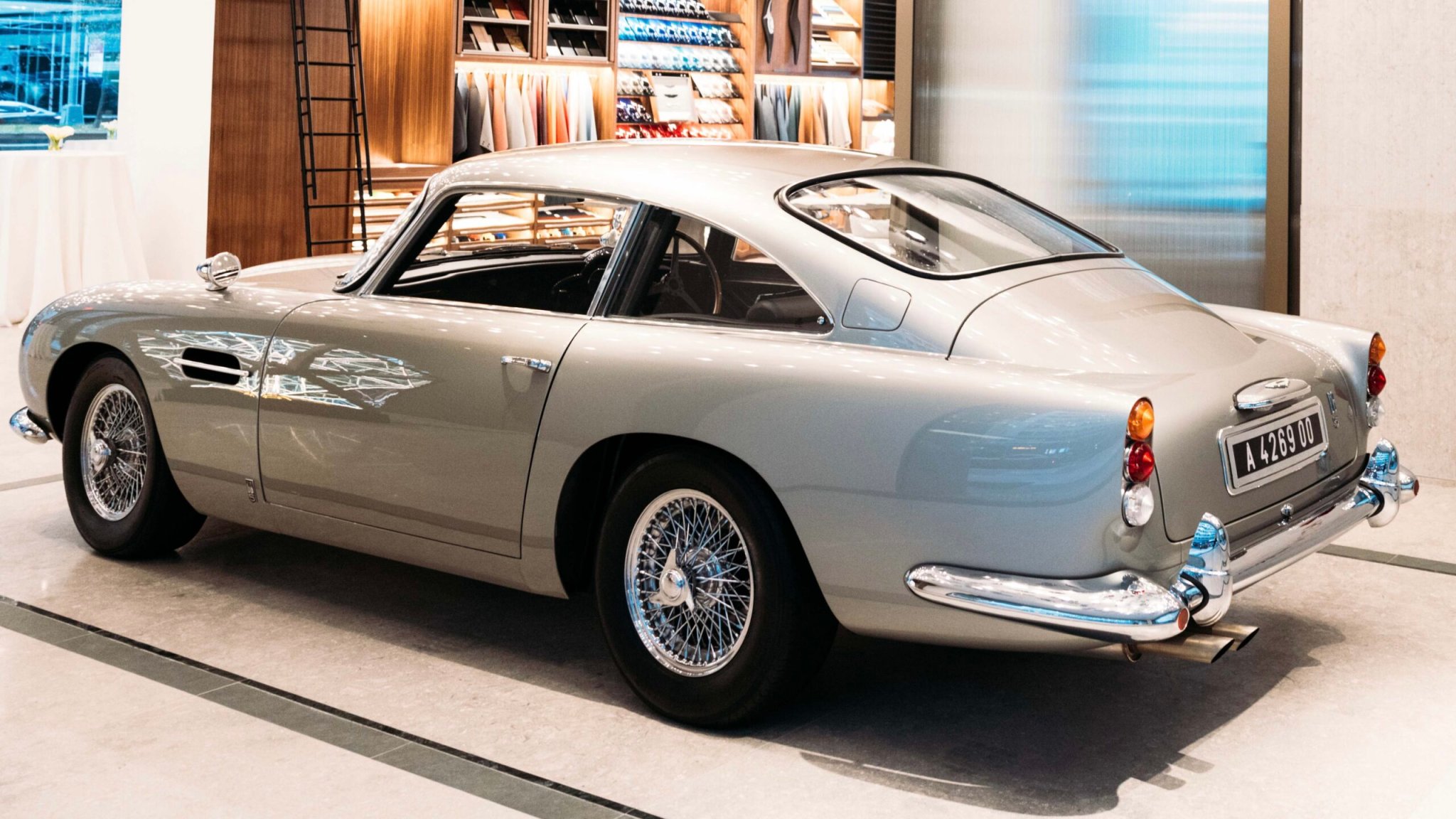

If you’re anything like me, your favorite parts of a blockbuster action movie are undoubtedly the car chase scenes. There are smoky drifts through downtowns, bad guys crashing into each other with pyrotechnics, and more gear shifts than anyone can count. What’s not to love? Well, according to Academy Award-winning special effects supervisor Chris Corbould, they have a serious problem: They’re too long, too over-the-top—and by extension, too repetitive.
Corbould has been in charge of special effects on nine James Bond films and has worked on a total of 15 since 1977. He won the Oscar for best visual effects for his work as special effects supervisor for Inception, and has also been in charge of effects for numerous Batman, X-Men, and Star Wars films, among others. So, he knows what he’s talking about. I caught up with Corbould at a media roundtable hosted by Aston Martin and 72 Films to promote 007: Road to a Million, a Bond-inspired reality show that’s sort of a mix between The Amazing Race and Who Wants To Be a Millionaire? with a healthy dose of 007 references.
He referenced the opening sequence of 2021’s No Time To Die, in which Daniel Craig and Léa Seydoux are cornered in an Aston Martin DB5, with bullets spraying the windows and bodywork. Seydoux asks Craig to “do something,” and Craig flips a switch that retracts the DB5’s headlights to reveal machine guns before launching the Aston into a series of donuts, guns ablaze. It’s a perfect 007 moment where a seemingly cornered Bond reveals one more trick up his sleeve, and it barely lasts a minute.

“I think if we had done anything wild and spectacular there, it would have just taken away from that moment,” Corbould explained. “When we were talking about this car chase, I looked at every single car famous car chase: Bullitt, French Connection. And the one thing that struck me was that they were all too long,” he continued.
The special effects master’s point is that while we may enjoy chase scenes as action for the sake of action, most do little to advance the plot or cover new ground cinematically. “How many times do you want to see your car drift around the corner? First time’s great. Second time’s okay—by the third and fourth time, you’ve seen it,” he added. “So we deliberately kept that chase reasonably short.”
Despite his apparent distaste for lengthy chase scenes, Corbould did reference an elaborate idea for the No Time To Die sequence that didn’t make the final production. “I came up with this idea that instead of spinning around in the square and shooting … all that, [the car] went through a wall, dropped onto a roof, went through the roof, through people’s living rooms, out through the end wall, through a restaurant, and that was their method of escape.”
Corbould says he “shot a miniature of [the scene] which everybody liked, and then I started building the rig, and then they [Aston Martin and the production staff] changed their minds.” It’s neat to think about what could have been, but Corbould’s point stands—the scene as shot is pretty perfect, and I’m not sure anything longer or more complex would’ve made it better.
007: Road to a Million is out now on Amazon Prime.